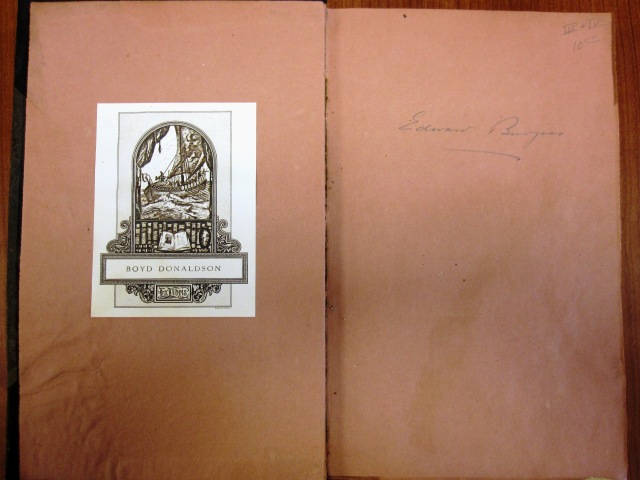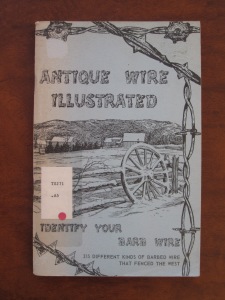I have been working a lot lately with our LibraryThing catalog, which now holds the records for more than 1900 of our books, and is still growing. Below are some quick snapshots of some of the more interesting things I’ve founded written or attached to some of the newest entries.
Old Virginia and her Neighbours, a history in two volumes published in 1897 (old, after all, is always a relative term).
Inside both volumes, there are mostly removed marks from the previous library to own them, and memorials to Edw. S. Munford, Jr., William Ball Munford, and Micajah Henry Clark, all of whole died in “The World War.” A different bookplate appears to have been glued in over the their names and later removed.
Our copy of Arctic Cruise of the Revenue Steamer Corwin1881: Notes and Observations started its life as a gift with “Compliments of E. W. Clark, Chief Revenue Marine,” according to the slip of paper glued (somewhat crookedly) into its binding. Both the compliments and the bookplate of the previous library have left their marks on the facing pages.

Finally, our copy of Aboriginal Rock Shelters and Other Archaeological Notes of Wyoming Valley and Vicinity also set of into the world with compliments, in this case from author Max Schrabisch.

















